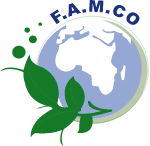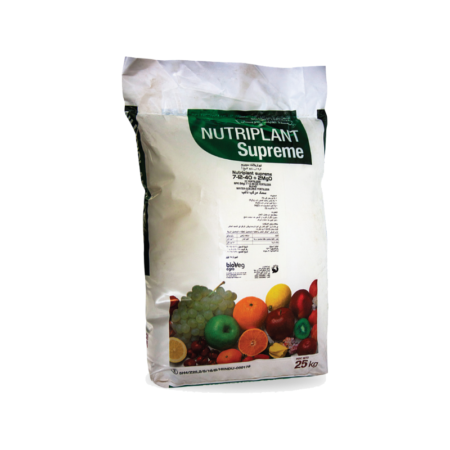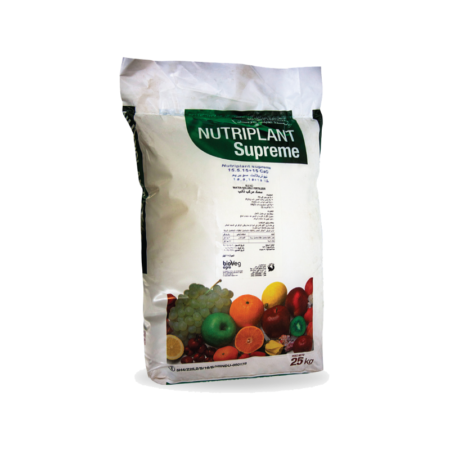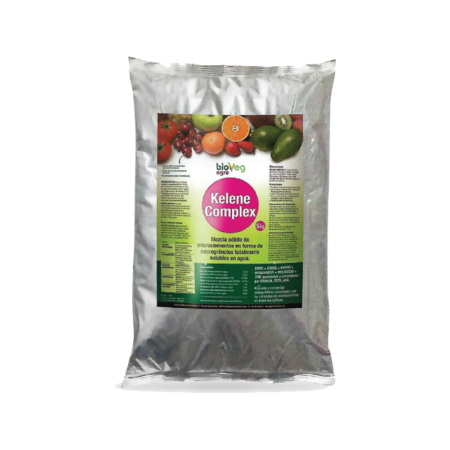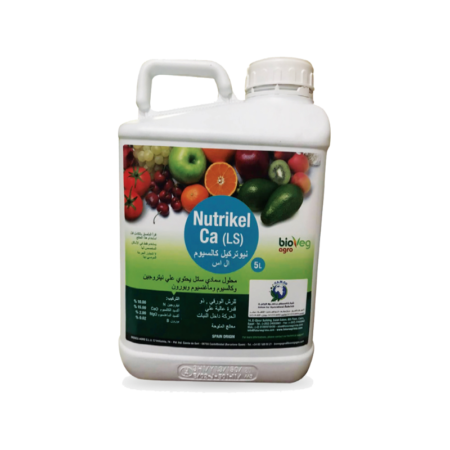Description
Product Description:
- A liquid solution of complexed copper in the form of organic salt with Chitosan with high absorption and mobility within the plant, a polysaccharide of natural origin non-toxic, improves its adherence and increases product effectiveness. This technology gives the nutrient rapid absorption and translocation by plant tissues, thus increasing the product’s efficiency, the plant’s physical resistance, and a rapid correction of copper deficiency.
Composition:
- Copper (Cu): 6.25%
- Gluconic acid: 4.8%
- Chitosan: 2.5%
Physical Characteristics:
- pH: 6.5
- Density: 1.25 g/cm3
Agronomic interest:
- Activates the photosynthetic machinery.
- Strengthens the carbon metabolism of plants via an increase in photosynthesis.
- Improves the physical stability of the plant and hinders the installation of external aggressors.
Interests of Elements:
- Copper gluconate is involved in the synthesis and activation of oxidation and reduction enzymes such as Polyphenol oxidase and Ascorbic acid oxidase.
- Copper is a constituent of the protein plastocyanin, essential for photosynthesis, cellular respiration and the electron transport chain at the photochemical phase of photosynthesis, though copper has an indirect way on the synthesis of Chlorophyll.
- Copper participates in the synthesis of lignin, an extremely strong organic substance that surrounds all plant cell walls as a protective wall though improves the plant tissue cells’ hardness. High lignin content acts on natural plant resistance to pathogens, especially fungi diseases such as Powdery mildew, Fruits rot..etc.
- Chitosan also works to resist fungi, bacteria and viruses, by destroying the cell wall of these organisms through the chitinase enzyme and resisting insects by stimulating some other organisms to produce the chitinase enzyme.
- Chitosan is easily absorbed by the plant and works to increase the rate of photosynthesis, reduce transpiration and increase the plant’s tolerance to frost.
Features and Benefits of the Formulation:
- The powerful complexing agent is similar to those that in a natural way by plants, provide a better use of Cu and ensure fast and efficient input of the fertilizer to plant cells thanks to its low molecular weight and size.
- Reduced risk of burns.
- Compatibility with other agrochemicals.
- Copper gluconate is involved in the synthesis and activation of oxidation and reduction enzymes such as Polyphenol oxidase and Ascorbic acid oxidase.
Crop Recommendations:
the product is compatible with most fertilizers and pesticides used in agriculture; we recommend:
- Do not mix with products of strong alkaline or acidic reaction.
- Optimal utilization pH 5.5 – 6.5 – Do not mix with chelated trace elements.
- If in doubt, we recommend taking a previous test.
Packaging:
- 0.5 – 1 – 5 – 10 – 20 Liter.
| FOLIAR APPLICATION | ||
| Crop | Dose | Application period |
| Horticultural crops and
ornamental |
Apply from 1 to 1.5 cc/L |
During the whole crop cycle
The interval between applications is from 12 to 15 days. |
|
Pome and stone fruits |
Autumn/winter treatments:
Apply 2.5 to 3 cc/L. |
• Foliage fall.
• Before the floral bud stage (first pink). |
| Post flowering:
Apply from 1 to 1.5 cc/L. |
After the flowering period during the whole crop cycle. | |
| Citrus | Apply from 1 to 1.5 cc/L | After a flowering period during the whole crop cycle. |
| Vineyard | Apply from 1 to 1.5 cc/L | During the vegetative period, avoid the flowering period. |
| Olive tree | Apply from 1 to 1.5 cc/L | Treatments are mainly advisable in spring, summer, and fall. |
| Subtropical | Apply from 1 to 1.5 cc/L | After the flowering period during the whole crop cycle. |
| *Do not apply during the flowering period. Some varieties of nectarines, Golden apple, pear and plum, are very sensitive to copper late applications. Russeting roughness problems may occur due to such treatments, especially in cold climates. | ||
| FERTIRRIGATION | ||
| Crop | Dose | Application period |
| Arable crops | We recommend applying from 2.5 to 3 litres per acre and application | During the whole crop cycle |
| Woody crops | We recommend applying from 1.5 to 2.5 litres per hectare and application. | During the whole crop cycle |
